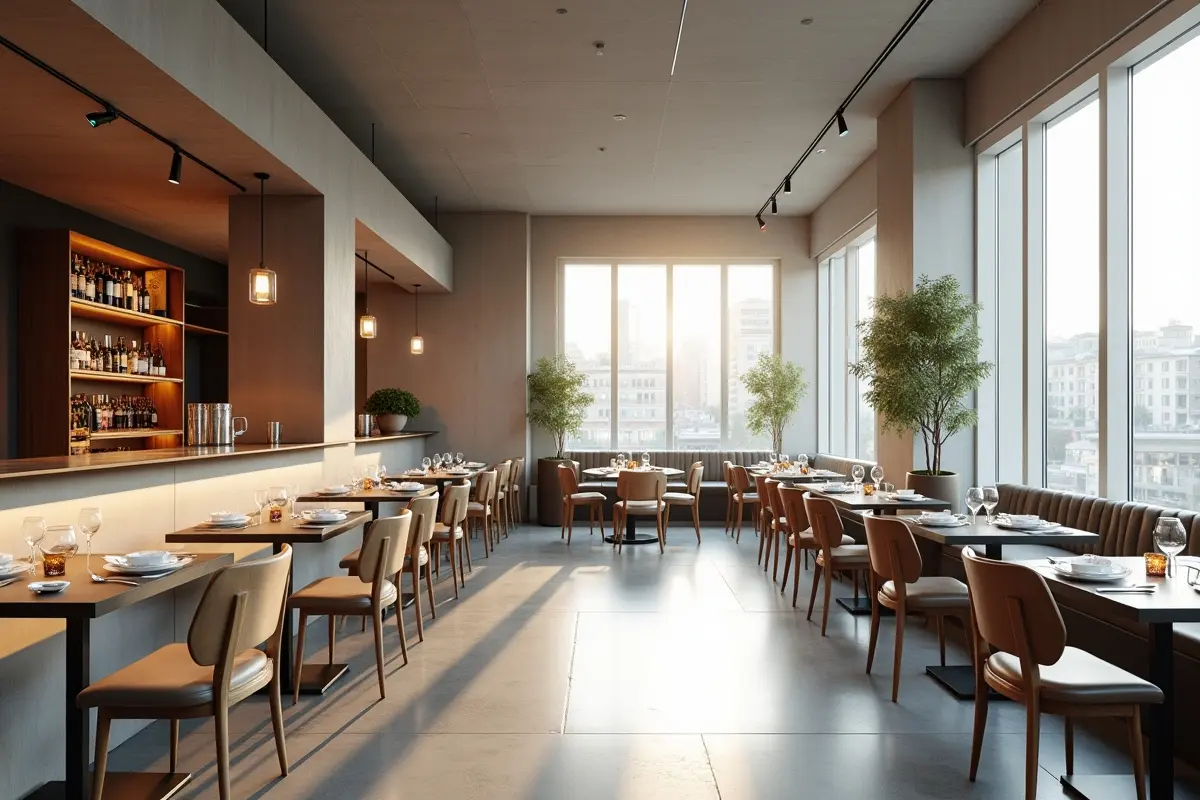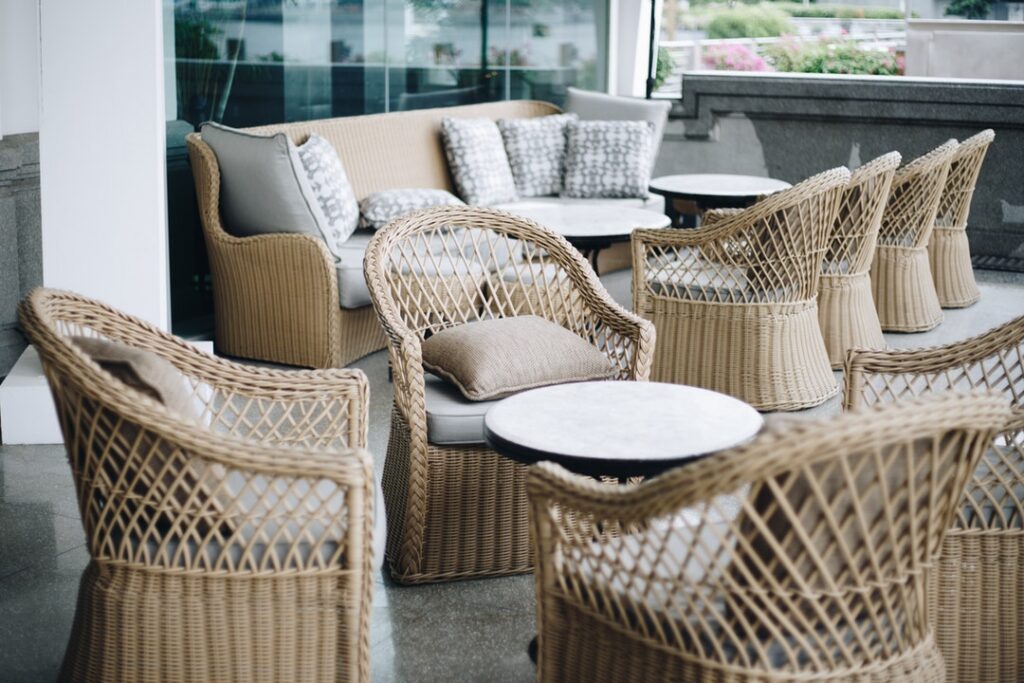Designing a restaurant isn’t just about good food—it’s about creating a space that draws people in and makes them want to stay. The design choices you make influence how your customers feel, how long they linger, and whether they’ll come back again. From practical considerations to stylish touches, the right approach to your restaurant’s design can make all the difference. Here’s how to get it right, step by step.
1. Choose Furniture That Looks Great and Feels Even Better
The first thing people notice when they walk into a restaurant is often the furniture—it sets the tone for the entire space. But it’s not just about appearances; comfort and functionality are equally important. Modern restaurant furniture is a great choice because it blends sleek, contemporary style with practical features.
Look for pieces that are durable enough for heavy use but still inviting for your guests. Materials like metal, wood, or leather are common in modern designs and pair well with a range of interiors. Ultimately, your furniture should make customers feel comfortable, complement your brand’s personality, and stand up to the demands of a busy dining space.
2. Use Your Space Wisely
Space planning is more than just figuring out where the tables go. It’s about creating a layout that works for everyone—diners, staff, and anyone who steps through your door. Think about how people will move through the space.
Are tables placed far enough apart for servers to navigate easily? Is there enough room for guests to sit comfortably without feeling crowded? Versatile seating arrangements, like booths or movable tables, can help you adapt to different group sizes and make the most of your floor plan without sacrificing comfort or style.
3. Let Lighting Set the Tone
Good lighting can completely transform how a space feels. During the day, take advantage of natural light for a bright, airy atmosphere. At night, switch to warm, ambient lighting to create a cozy, intimate vibe. The right lighting design isn’t just functional—it’s also an opportunity to make a statement.
Fixtures like pendant lights, chandeliers, or even subtle LED accents can act as focal points while tying into your restaurant’s overall aesthetic. Don’t overlook task lighting either; diners should be able to see their menus clearly without squinting or dealing with harsh glares.
4. Keep Your Theme Consistent
When it comes to design, consistency is everything. A strong theme helps your restaurant stand out and makes it easier for guests to connect with your brand. Whether you’re going for rustic charm, industrial chic, or sleek modernism, every element should fit the story you’re trying to tell.
Think about how the colors, textures, and materials you use work together. For example, if you’re running a farm-to-table concept, incorporate natural materials like wood or stone and a neutral color palette. Staying consistent makes your space feel polished and cohesive, leaving a lasting impression on your guests.
5. Don’t Forget About Sound
Ever been in a restaurant where you had to shout to hear the person across the table? Or one where it was so quiet you could hear a pin drop? Sound plays a huge role in the dining experience. You want just the right level of background noise—lively but not chaotic.
Acoustic panels, rugs, and upholstered furniture can all help reduce echo and keep noise levels in check. Even subtle touches, like adding curtains or plants, can make a difference. If you’re using background music, make sure it matches your vibe and isn’t too loud to compete with conversation.
6. Make Accessibility a Priority
Inclusivity should be built into your design from the start. This goes beyond meeting legal requirements—it’s about ensuring every guest feels welcome. Make sure pathways are wide enough for wheelchairs, include accessible seating options, and install clear signage to guide everyone through your space.
Bathrooms should also be easy to access, with thoughtful touches like grab bars and lower sinks. If you’re using tech like QR code menus, ensure it’s easy to use for everyone, including those who might not be tech-savvy. These small but crucial details show your guests that you care about their experience.
7. Add a Touch of Nature
Plants bring a space to life in ways that other décor just can’t. Whether it’s a living wall, potted greenery, or fresh flowers on the tables, plants make your restaurant feel more vibrant and welcoming. Plus, they can help improve air quality and even reduce noise.
Choose low-maintenance plants that thrive indoors, so they stay fresh without too much upkeep. If you have an outdoor area, extend the greenery there with planters or small trees for a seamless connection between your indoor and outdoor spaces.
8. Think About Functionality First
No matter how stunning your design is, it needs to work for your staff and customers. Practicality is key. The kitchen should flow seamlessly into the dining area, with easy access for servers. Flooring needs to be durable and easy to clean.
Storage is another area where functionality matters—hidden spaces for extra chairs or cleaning supplies can keep your restaurant looking tidy. Even details like having enough electrical outlets for devices or properly placed trash receptacles can make day-to-day operations smoother and help your team focus on delivering excellent service.
Your Restaurant, Your Vision
A modern restaurant is more than just a place to eat; it’s an experience. Every detail, from the furniture to the lighting and even the acoustics, contributes to how customers feel when they walk through the door.
By following these rules, you’ll not only create a space that looks beautiful but also one that’s practical and memorable. A well-designed restaurant leaves a lasting impression—and that’s what keeps customers coming back for more.





Leave a Reply
You must be logged in to post a comment.